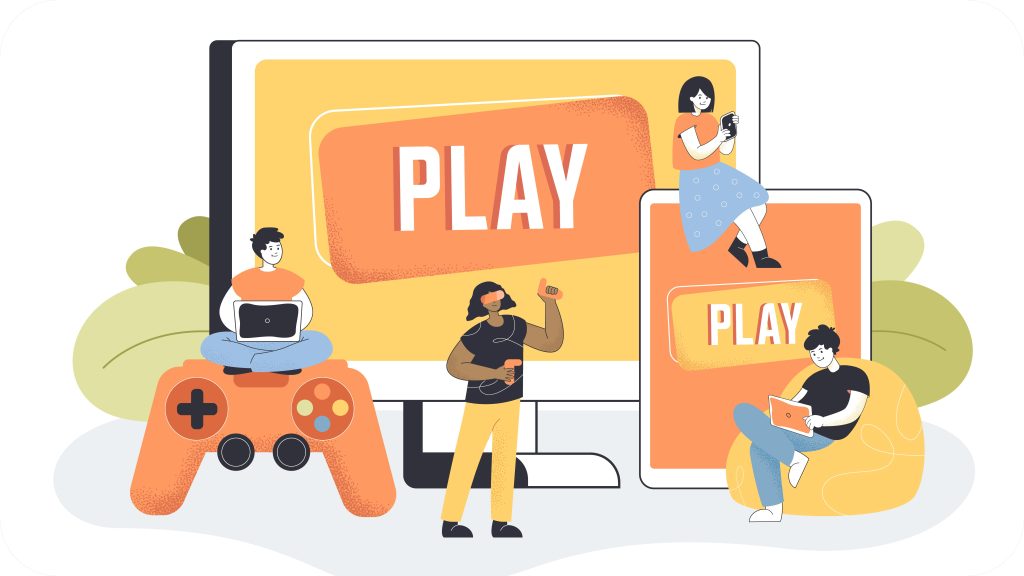
In the past, the source of income for game developers was a problem that did not need to be considered too much. Most of them obtained income through advertising or payment. But now, with the decline of advertising revenue, changes in player behavior and increasingly fierce market competition, advertising and payment can no longer meet the needs of developers.
In 2025, we need smarter and more diverse ways of monetization.

Traditional Monetization Has Hit Its Limit
● Ads are offensive: Users have lost patience with interstitial ads and rewarded videos, and existing ad slots are already full.
● High threshold for in-app purchases: Data shows that more than 90% of players worldwide never pay in games. The profits that can be obtained from in-app purchases are limited.
● Subscriptions are resistant: Users who are willing to subscribe continuously only account for a small part of the players, and the cancellation rate is getting higher and higher.
In this case, the revenue that traditional monetization plans can bring to games has reached its upper limit. Many games have a large user base and highly playable game functions, but it is difficult to increase revenue.
Diversified Monetization
Expanding more sources of income and diversifying income channels are the only way for game developers who want to improve profitability.
There is no need to abandon the original monetization plan, but to start trying to match different monetization paths for different types of users so that every user can play a role. Advertising monetization is for users who are patient with ads and willing to watch incentive videos; in-app purchases or subscriptions are for users who are willing to pay for better experience and functions. For the truly large user group – users who are unwilling to pay or watch ads, if you want them to generate income for you, you need to adopt some ad-free background monetization solutions.
More Ways to Generate Revenue
● Offerwall Platforms: Provide players with incentivized tasks such as trying out other games.
● Branded In-Game Items: Introduce non-mandatory brand content in the game, such as brand-related skins, props, etc.
● User transaction commission: Allow players to create and trade content in the game, and developers will take a small portion as commission
These models are not necessarily suitable for all games, but they are all opportunities to open up multiple income channels and bring new possibilities to the developer’s monetization system.

From Extraction to Activation
The future game monetization model is no longer just “how much you can get players to pay”, but “how much user value you can activate”.
The era of advertising and in-app purchases is not over, but they are no longer your only options. Try CastarSDK to add an additional monetization channel to your game, so that every player can become part of your income – even if they never watch ads or pay.
